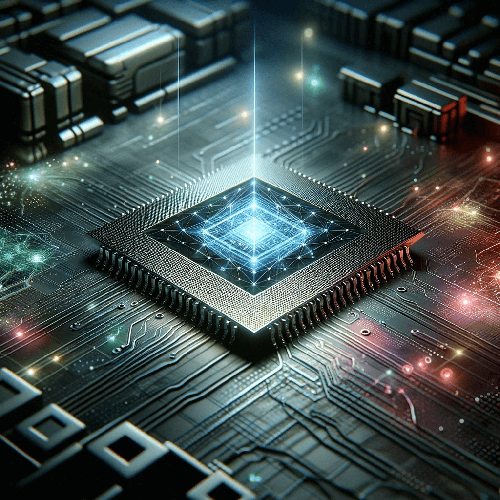In an era where the quest for faster, more efficient computing is relentless, a groundbreaking development has emerged: the creation of the first graphene semiconductor. This innovation marks a pivotal shift from traditional silicon-based technology, offering unprecedented potential in computing performance and energy efficiency.
Graphene, a single layer of carbon atoms arranged in a two-dimensional honeycomb lattice, has long been celebrated for its exceptional electrical, thermal, and mechanical properties. Its introduction into the semiconductor industry could redefine what’s possible in technology, from quantum computing to ultra-fast data processing.
The advent of graphene semiconductors is expected to pave the way for computers that are not just faster, but also more power efficient. This leap forward could significantly impact various sectors, including AI, healthcare, and telecommunications, where speed and efficiency are paramount. Moreover, graphene’s flexibility and strength open new horizons for wearable technology and flexible electronics, blending seamlessly with the Internet of Things (IoT) and smart devices.
However, transitioning from silicon to graphene is not without its challenges. Industry faces hurdles in mass production and integration with existing technologies. Yet, the potential benefits far outweigh these obstacles, promising a future where our computing capabilities are limited only by our imagination.
As we stand on the brink of this technological revolution, it’s clear that graphene semiconductors are not just a milestone in computing but a gateway to a future filled with possibilities yet to be explored.
















